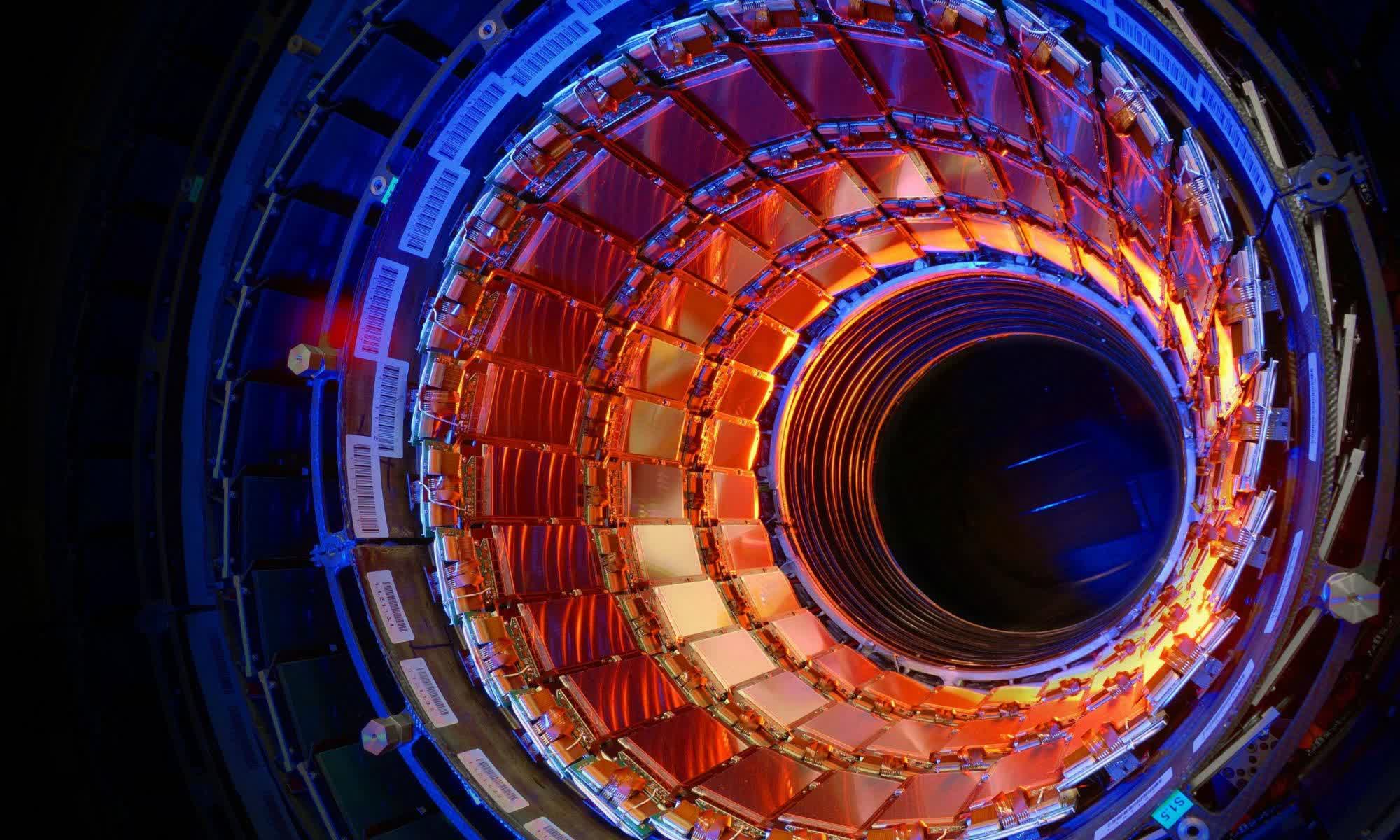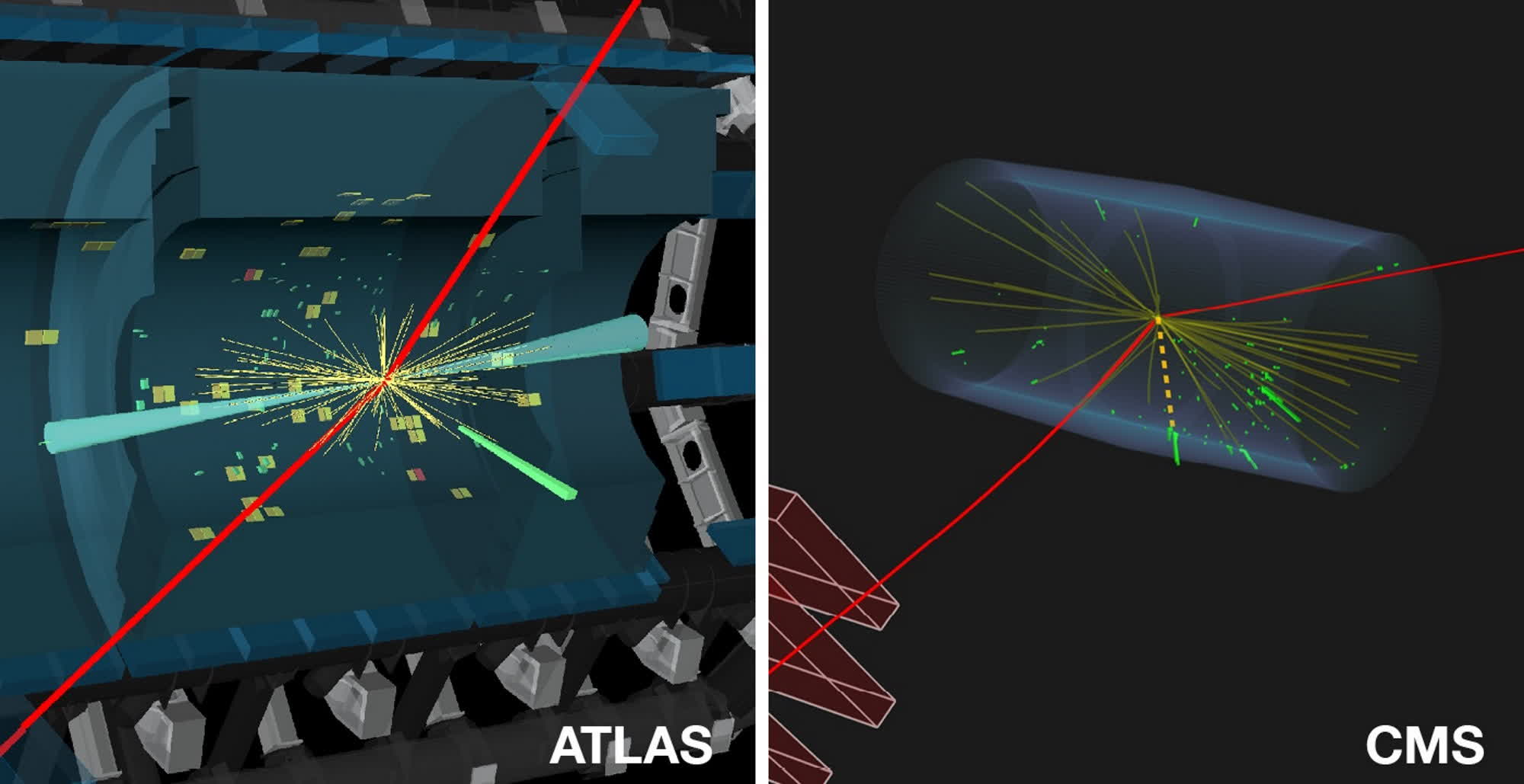Why it matters: Since discovering the Higgs boson in 2012, scientists have thoroughly studied the strange particle looking for new clues about the true nature of matter and the universe. Now, CERN researchers say they have observed exciting and vital behavior with the particle's decay that extends beyond the Standard Model of particle physics.

The Higgs boson is an elementary particle produced by the quantum excitation of the Higgs field. According to the Standard Model, the so-called "God particle" (discovered 11 years ago) is extremely unstable, decaying into other particles immediately upon generation. The Higgs boson is also an essential component of the Standard Model since scientists think it gives many fundamental particles their mass.
Since discovering the Higgs boson, the ATLAS and CMS experiments at the Large Hadron Collider (LHC) located at the European Council for Nuclear Research (CERN) were employed to "diligently" investigate the inner properties of this fundamental particle. Researchers are interested in discovering how it comes into being and immediately decays into other particles.
During the Large Hadron Collider Physics Conference recently held in Belgrade, CERN scientists announced what they think is the first evidence of a rare process through which a Higgs particle decays into a Z boson and a photon. A Z boson is the "electrically neutral" carrier of the weak force, while a photon carries the electromagnetic energy.

The Higgs particle can decay in various ways, always splitting into two more common particles, such as two photons. However, a Higgs boson doesn't decay directly into the new pair. Instead, the process goes through what CERN scientists describe as an intermediate "loop" of "virtual" particles, which "pop in and out of existence" and cannot be directly observed. In these virtual loops, there could be yet undiscovered particles that interact with the Higgs boson.
The Standard Model predicts that approximately 0.15 percent of Higgs bosons should decay into a Z boson and a photon, with the Higgs boson having a mass of around 125 billion electronvolts. And yet, new experimental data from ATLAS and CMS shows that the decaying rate is much higher than predicted by the Standard Model, as the decay occurs in about 6.6 percent of the cases.
This first evidence of Higgs boson decay into a Z boson and a photon has a statistical significance of 3.4-Sigma, which is still insufficient to classify as actual proof like in the Higgs boson discovery (5-Sigma). Yet, the new data could hint at entirely new chapters in particle physics theory beyond the Standard Model. The data was collected during the LHC's second run, which took place between 2015 and 2018. The world's most powerful particle accelerator is currently undergoing its third run, so measurement precision about the Higgs boson "Lovecraftian" decay physics should improve within the next few years.